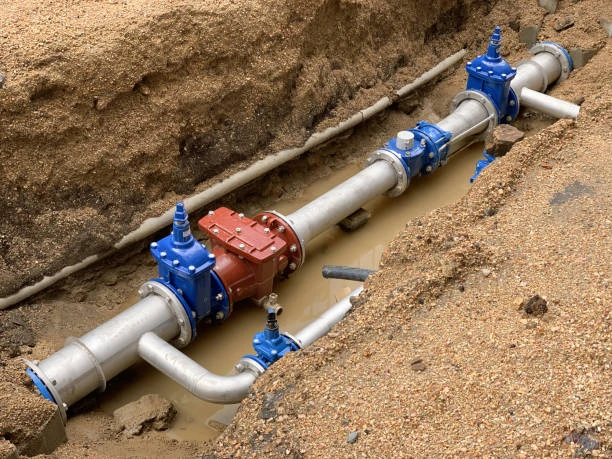In recent years, the push for clean energy has dramatically transformed various sectors, including the design and functionality of piping systems. As we transition from traditional energy sources to renewable alternatives, the impact on piping systems is profound. This article explores how clean energy influences piping systems, including design considerations, materials, and maintenance practices.
Understanding Piping System
Piping systems are critical in transporting fluids, gases, and other materials in industries such as oil and gas, chemical manufacturing, water treatment, and food processing. These systems consist of pipes, valves, pumps, and other components that work together to ensure the efficient movement of substances. With the rise of clean energy, the nature of these systems is evolving to accommodate new materials and operational requirements.
The Shift to Clean Energy
Clean energy sources, including solar, wind, and hydroelectric power, have become more prevalent as societies strive to reduce carbon emissions. This shift necessitates the reevaluation of existing piping systems, particularly in industries transitioning from fossil fuels to renewable energy sources. For instance, biogas production from organic waste requires specialized piping systems designed to handle corrosive substances, while hydrogen energy production poses unique challenges in terms of leakage and material compatibility.

Key Impacts on Piping Systems
1. Material Innovations
One of the most significant impacts of clean energy on piping systems is the innovation of materials. Traditional piping materials, such as steel and copper, may not be suitable for all clean energy applications. For example, hydrogen’s low molecular weight requires the use of materials that can withstand permeation and prevent leaks. As a result, industries are increasingly turning to advanced materials like composites and polymers, which offer superior resistance to corrosion and improved durability.
2. Design Considerations
The design of piping system must adapt to the unique requirements of clean energy. For instance, the flow rates and pressures in renewable energy applications can differ markedly from those in conventional system. Engineers are now tasked with designing systems that can handle variable flow rates and pressures, ensuring optimal efficiency. This often involves advanced modeling techniques and simulation software to predict system behavior under different operational scenarios.
3. Maintenance Practices
The transition to clean energy also affects maintenance practices for piping systems. With the adoption of new materials and technologies, maintenance protocols must evolve. Regular inspections and predictive maintenance strategies are becoming more critical to ensure system reliability. For example, technologies like IoT sensors can monitor system integrity in real time, allowing for proactive maintenance and reducing the risk of failures.
4. Regulatory Changes
As the demand for clean energy grows, regulatory frameworks are also changing. New standards are emerging to ensure the safety and efficiency of piping system in renewable energy applications. Compliance with these regulations is essential for industry players, driving innovation and the adoption of best practices in design and operation. Understanding these regulations is crucial for engineers and operators working with piping system.
Future Trends in Piping Systems
As clean energy technologies continue to evolve, we can expect further advancements in piping system. The integration of smart technologies, such as AI and machine learning, will play a significant role in optimizing system performance. Moreover, sustainability will become a driving force behind design choices, with an increasing focus on life cycle assessments and eco-friendly materials.
Conclusion
The impact of clean energy on piping systems is undeniable. As industries transition to renewable energy sources, they must adapt their piping systems to meet new challenges and requirements. From innovative materials to advanced maintenance practices, the future of piping systems will be shaped by the demands of clean energy.
By embracing these changes, industries can not only enhance efficiency and reliability but also contribute to a more sustainable future.
FAQs
1. What types of materials are commonly used in clean energy piping system?
Common materials include advanced composites, polymers, and specialized metals that can withstand specific conditions related to renewable energy applications.
2. How do clean energy systems affect the design of piping system?
Clean energy systems often require designs that accommodate variable flow rates and pressures, leading to innovative engineering solutions.
3. What role does maintenance play in clean energy piping system?
Regular maintenance, including predictive maintenance strategies using IoT technology, is crucial to ensure the reliability and efficiency of piping systems in clean energy applications.
4. Are there specific regulations for piping system in clean energy?
Yes, as clean energy technologies advance, new regulatory standards are emerging to ensure safety and efficiency in piping systems.
5. How is technology shaping the future of piping system in clean energy?
The integration of smart technologies, such as AI and machine learning, is expected to optimize performance and maintenance in piping systems, enhancing their sustainability and efficiency.


















